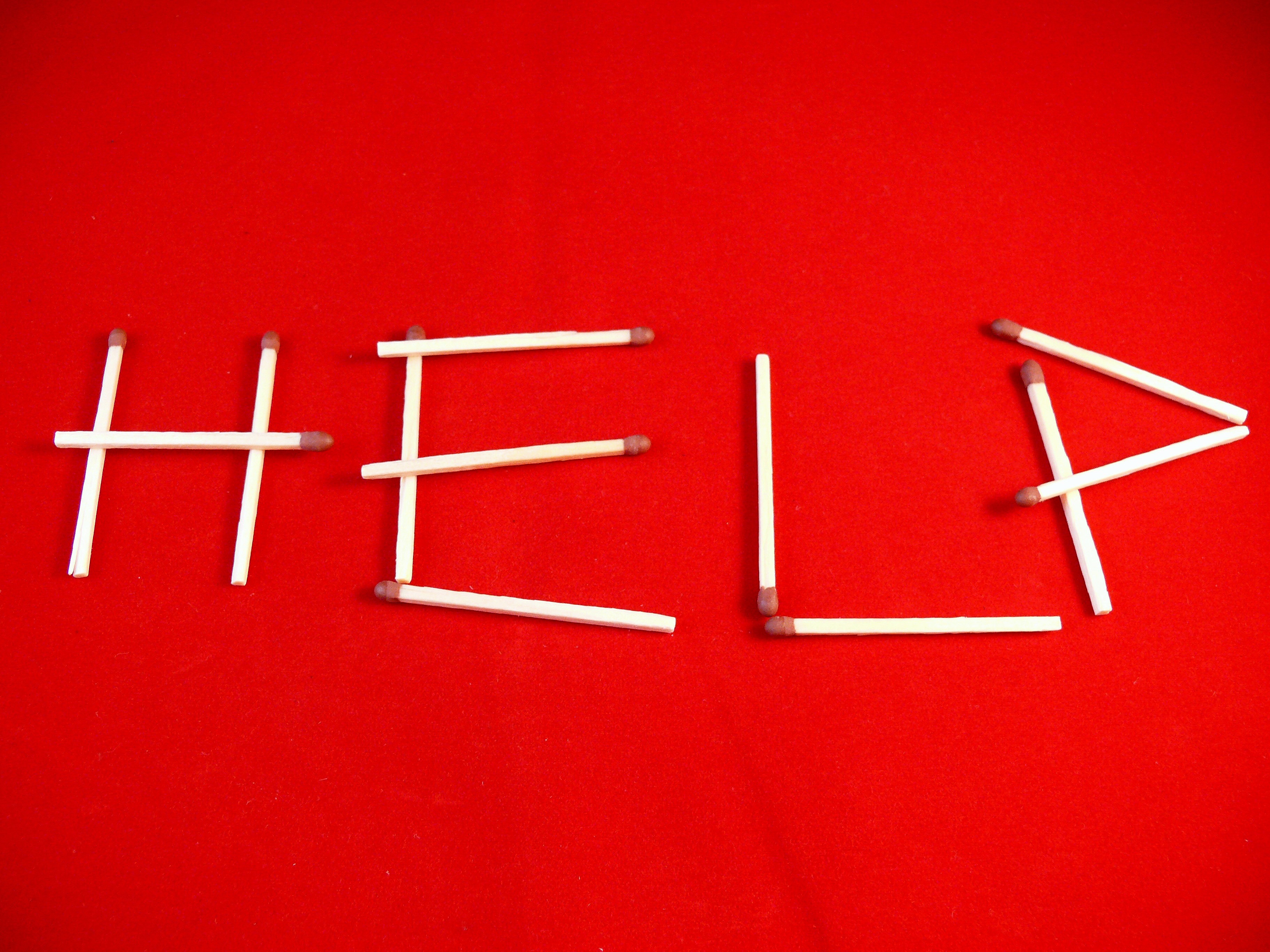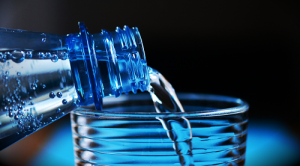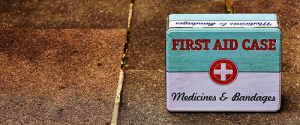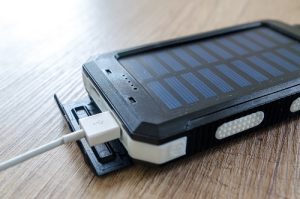A writer and lyricist with dreams taller than herself.

Every time an earthquake hits the country, the news reminds us to be ready for “The Big One,” a 7.2-magnitude earthquake that is expected to hit the West Valley and the Easy Valley Faults any day now.
And every time PAG-ASA warns the public of a typhoon or low-pressure area, news channels play infomercials that let us know what to do in case an evacuation becomes necessary.
As repetitive as the reminders may be, however, it’s always better to be safe than sorry. With that said, I suggest keeping a disaster survival kit ready at home, in the office, and in your car — places you could be in when a disaster strikes. But what exactly should be in this kit?
Water and Food

Water and food are the minimum resources that a person needs to survive in the long-term. Include bottled water, canned goods, and some crackers in your disaster survival kit to keep you replenished until help comes along. Include some candies, too, if you want to make the kit seem livelier.
First Aid Kit

An earthquake or flood may not physically damage you, but the circumstances may lead to injuries. You could accidentally slide down something slippery and scrape your knee — who knows? For this reason, add in a first aid kit for minor medical treatment.
In line with this, include your personal medication in the kit. If disaster strikes and you run out of meds, at least you have some backup while the stores are closed.
Communication Devices

Smartphones can only do so much for us. Once they — and your power bank — run out of battery, you would have to rely on other means of communication to get in touch with other people. For this reason, keep a battery-powered radio and extra batteries in your disaster survival kit.
Additionally, include a flashlight and a whistle in the kit. They enable you to signal for help in case you get stuck somewhere remote.
Clothing and Bedding

When a massive earthquake or flood strikes, there is the possibility of you getting stranded somewhere. And of course, you would want to stay as comfortable as possible given the circumstances. As such, pack a complete change of warm clothing in your kit. Toss in a blanket or a sleeping bag as well.
Important Documents and Emergency Money

Many people take personal documents for granted, especially since they aren’t necessary for everyday life. Restoring and replacing them, however, could get complicated, so it’s best to keep them in a waterproof pouch inside your disaster survival kit.
These documents include, but are not limited to, insurance policies, property deeds, vehicle titles, tax returns, government identification cards, birth certificates, marriage certificates, bank account records, and family photos.
Spare some emergency money for the survival kit, too. A little goes a long way when the situation calls for it.
Feminine Hygiene Products

Some women emerge from their monthly cycle unscathed. But to many women, myself included, the cycle is as bad as it gets. So finally, prepare yourself for the possibility that a disaster might strike during your time of the month.
Pack some feminine hygiene products in your disaster survival kit. These include panty liners, sanitary napkins, tampons, feminine wash, and extra underwear. You may also add medication for dysmenorrhea or other menstruation-related conditions that you have.
In case you do not need them, there will always be someone else who does. And because we’re Modern Filipinas who help each other out, share with them what you can. Remember: what goes around comes around.
